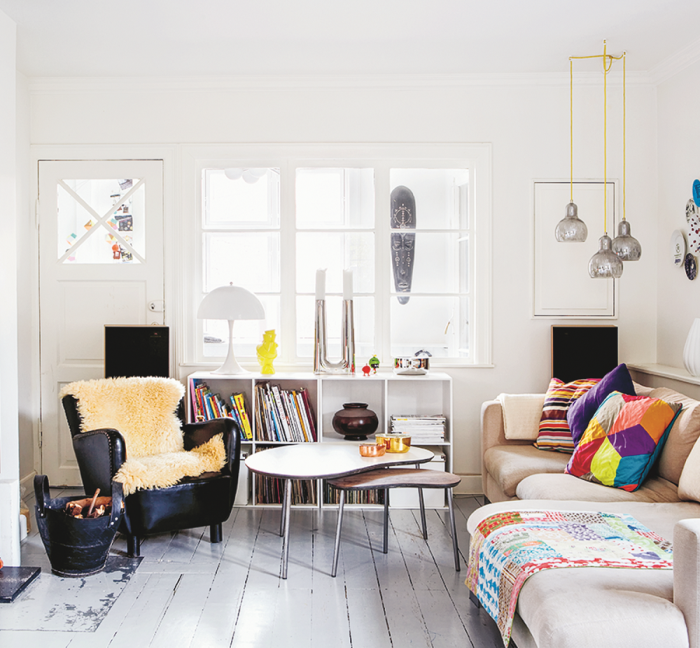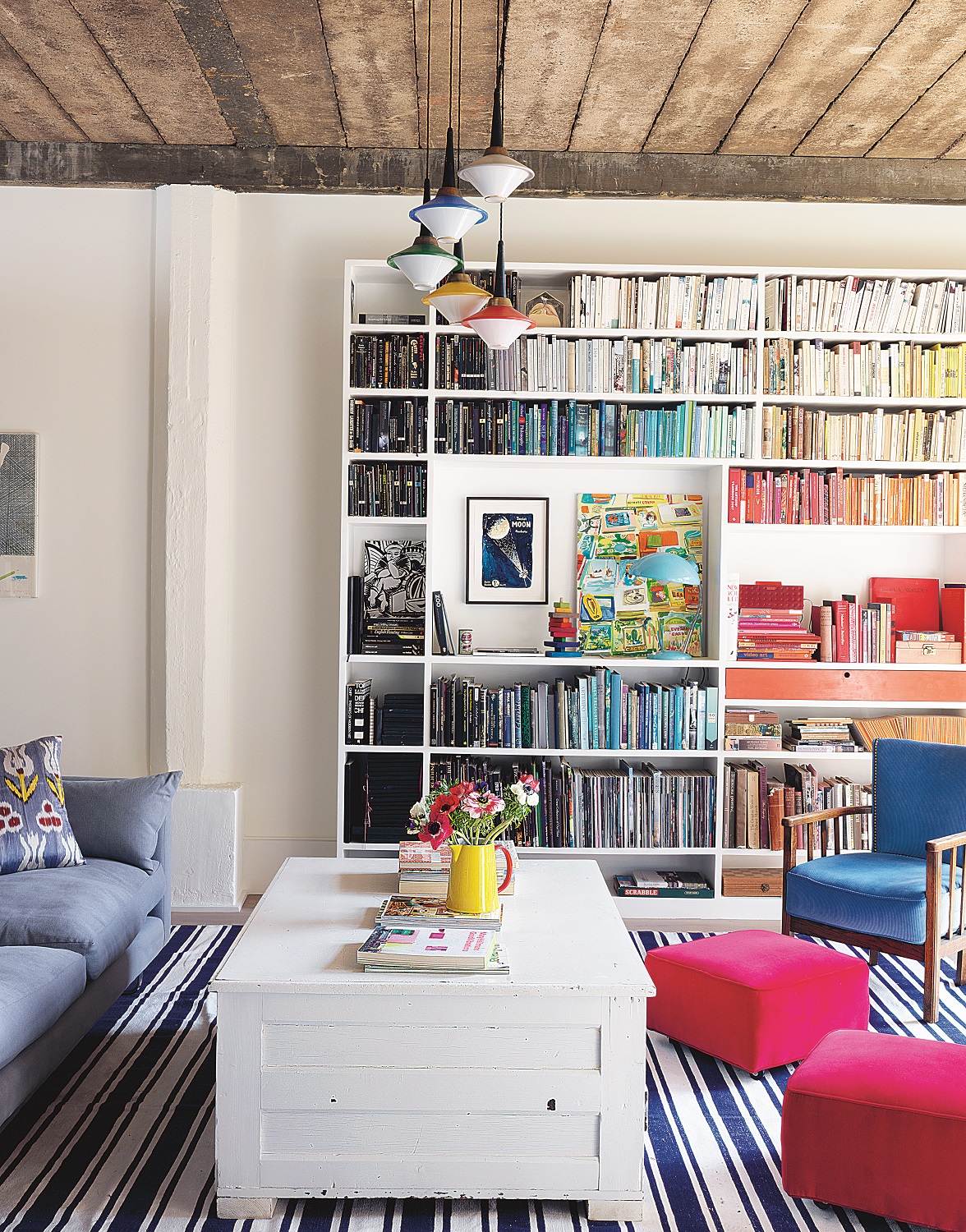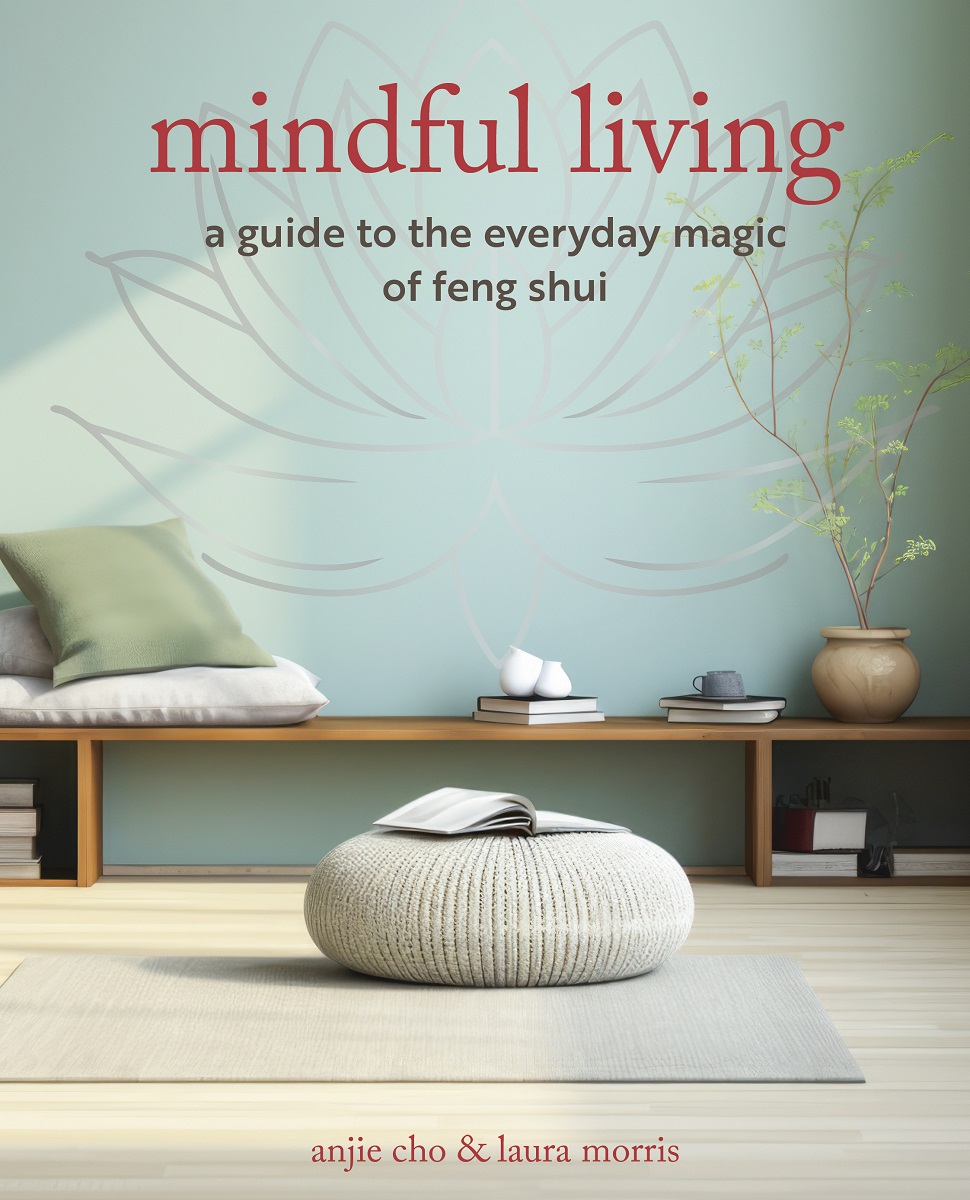~ Anjie Cho

{*Did you know you can write on Elephant? Here’s how—big changes: How to Write & Make Money or at least Be of Benefit on Elephant. ~ Waylon}
~
Explore color
The everyday magic of color is fundamental to feng shui. Bringing more color into our lives can inspire change and transformation. Color can change your outlook, your qi, and the feel of your home.
Our non-conscious energetic connection to color is deeply rooted in our humanity, and nature is our inspiration. Feng shui is a practice that seeks to harmonize our connection to nature, so it makes sense that we look to the natural world as our teacher when it comes to color. For example, consider the striking impact of a red rose. The bright colors of flowers create a visual reaction that is a beacon to pollinators and humans alike. A fire-engine red outfit can turn many heads in a room.
As you move through this chapter, remember that color can be used for many different applications when it comes to feng shui. Most obviously, you can use color in your home décor; this includes the paint on your walls, the color of furniture, and other accessories and details such as pillows and artwork. We can also use color to shift our personal qi by wearing colors on our body with clothing, jewelry, and cosmetics. Another way to explore color is through play. Maybe throw some paint on a canvas or find new ink colors when you journal or write your grocery list.
three simple ways to explore your own color stories:
>> What are you attracted to? What colors do you love? What colors hold memories for you? And what are the stories that arise?
>> Take a stroll through nature. How does she express herself with color? What colors are displayed by your most beloved parts of the natural world? What is the color of your favorite flower?
>> Examine your home. How does color show up in spaces you spend time in? Look at the built environment around you.
color and the five elements
Feng shui teachings are inspired by the natural world. We live in relationship to nature, and therefore we can learn so much when we look to our environments to inform our lives. Taoist philosophy, one of the roots of feng shui, holds the view that our life force is not static but always shifting from one state to the next. Moving in an unending cycle from growth and vitality to dormant and restful, qi (energetic life force) is exemplified through five basic elements: wood, fire, earth, metal, and water. In feng shui, we understand these elements beyond their physical manifestations like flames, soil, or trees. They are universal energetic essences.
One of the simplest and most effective ways to work with the five elements is through their color associations. Using color in tandem with the meaningful aspects of an element gives us opportunities to move beyond the physical or static. It can connect us with our senses, emotions, and aspirations. We can strategically use color to invite the qualities of the five elements into our homes and lives.
five-element associations
wood
Blue, green, and teal
Growth and healing
fire
Red and fiery oranges
Inspiration and warmth
earth
Yellow and earth tones
Grounding and balance
metal
Gray, white, and metallic
Artistry and precision
water
Black and charcoal
Philosophical and intuitive
explore the five element colors in your home
Balance: Bring each of the five elements to harmonize a space. They don’t need to be divided up into 20 percent equal parts, as even just an intentional touch of an element can bring things into balance.
Call in an element: If you resonate with or need a bit more of an element, add that color to your home. For instance, if you’re focusing on growth in your career, try using wood element colors in your workspace.
Add a new color: Alternatively, notice what colors you shy away from in your home décor.
If you almost never have any red or fiery accents, there’s an invitation to examine your connection to the fire element. See if there’s a way to explore it. Even a small addition of a red flower on your nightstand might begin to shift the qi.

*From Mindful Living: A Guide to the Everyday Magic of Feng Shui by Anjie Cho and Laura Morris, published by CICO Books

~
author: Anjie Cho
Image: Rachel Whiting
Image: Simon Brown
Image: © Ryland Peters & Small/CICO Books
Editor: Lisa Erickson

This account does not have permission to comment on Elephant Journal.
Contact support with questions.